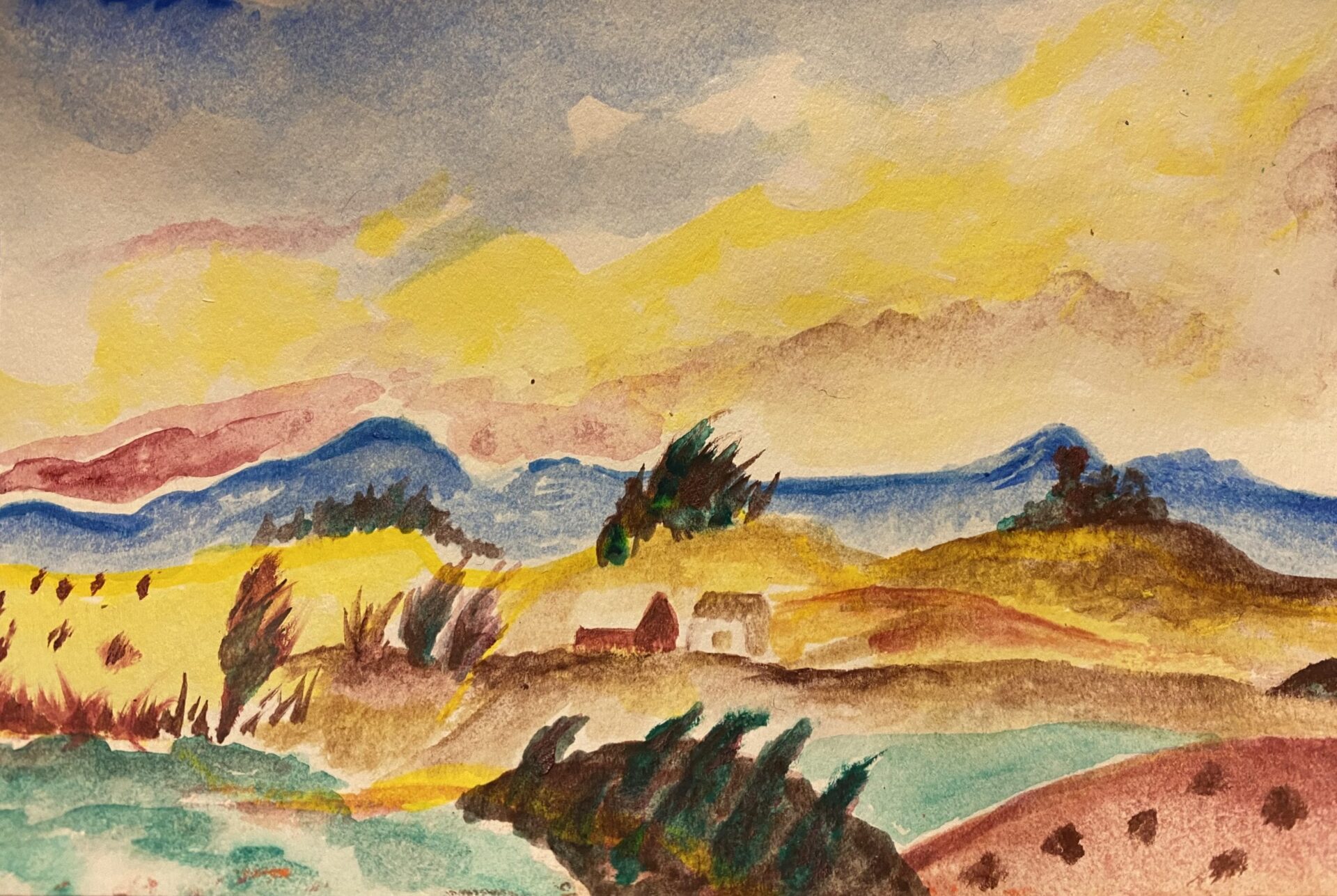By Estelle Puech
An art project can be a wonderful tool to connect with someone, to share a common adventure and create something together. But, introducing art to a beginner can be challenging, particularly when the goal is noble. Art projects that are technical and emotional can be inhibiting, and this may make them difficult to complete successfully—especially for a budding artist. So, here are some tips to make the journey into the world of art just a little bit easier:
 First, consider treating the art project like a class. Make use of the same competencies as an academic teacher, such as active listening, flexibility, and having an open mind. Students learn in various ways, which means you must also be flexible with teaching methods in order for all students to feel supported throughout the project.
First, consider treating the art project like a class. Make use of the same competencies as an academic teacher, such as active listening, flexibility, and having an open mind. Students learn in various ways, which means you must also be flexible with teaching methods in order for all students to feel supported throughout the project.
And, before beginning a project, be clear about the goals. What is the project? Why is an art-related project the best option? What do you hope to achieve from it? What do you hope the students will feel they’ve achieved? There can be many objectives, so there are no wrong answers to these questions.
Beginners mostly use art as entertainment and, sometimes, as a new way to express themselves. But individual reasons for joining in the project will vary, so it’s worth making the time to discuss. Such a discussion reveals the students’ motivation and that allows you (or another teacher) to more accurately facilitate the project.
Even without stated goals, art can engage those who find communication difficult by mitigating social isolation, fostering a sense of connection, and creating bonds between students that last beyond the completion of the project. That’s why art-related projects are very popular among children. Young people also enjoy the fun of making, looking at lively images, experiencing tactile processes, and feeling the pride of accomplishment—often never realizing art is secretly at work, sharpening their cognitive abilities, igniting creativity, and providing opportunities for practicing valuable social skills.
Children are not the only ones who benefit from participating in art projects, however. Art encourages play, collaboration, and creative expression in adults, too. The ability to reap the rewards of art are not dependent on—or limited by—age.
Another tip for successfully introducing an art project is to establish, then reinforce, a sense of accessibility. Art (especially fine art) is often mysterious to newcomers. They can become uncomfortable or even afraid when facing ideas and techniques they have never experienced. Therefore, the introduction must emphasize both the ease of access and a safe, nonjudgemental space in which to explore.
 Additionally, the use of simple terms, rather than a grim list of complex technical terminology, is critical when reaching out to the students. All artistic domains have a specific vernacular that can be off-putting to a novice. So, specific terms must be presented slowly and joined with a practical use for a more efficient and relaxed introduction.
Additionally, the use of simple terms, rather than a grim list of complex technical terminology, is critical when reaching out to the students. All artistic domains have a specific vernacular that can be off-putting to a novice. So, specific terms must be presented slowly and joined with a practical use for a more efficient and relaxed introduction.
Like many things, one of the main reasons people don’t start an art project is fear of failure. Expecting perfection is a common pitfall and, after many efforts, a mediocre result can discourage beginners. When introducing an art project to beginners, one should emphasize that the goal is not to create a masterpiece, but to introduce a new form of expression and, most of all, to enjoy oneself. There is no “good” or “bad” when it comes to art!
Whether an art project involves a specific technique or is related to a master artist’s work, all students should feel free to use the project as a mere starting point from which they may explore their own creativity without constraint. The projects should be viewed as a journey as well, rather than a destination. This allows students to simply enjoy the process and consider the final pieces a reward instead of an ultimate goal.
Every person is an artist in his or her own “language.” This means all modes of expression, ideas, interpretations, and artistic discoveries have merit and value. The beauty of art is this sense of free and open communication with oneself and others. So, importance must be given to the entire process, rather than just the end result.
Another great way to introduce an art project to a beginner—and motivate the reluctant artist—is to give them a hand in planning the various steps. This provides a clear map to the evolution of the work from start to finish. Seeing progress is always encouraging and can help a less-confident student keep the end goal in mind and stay with a project, rather than giving up. And when students stay with a project, they’re more likely to participate in others—reaping the benefits of creative expression on an ongoing basis!

